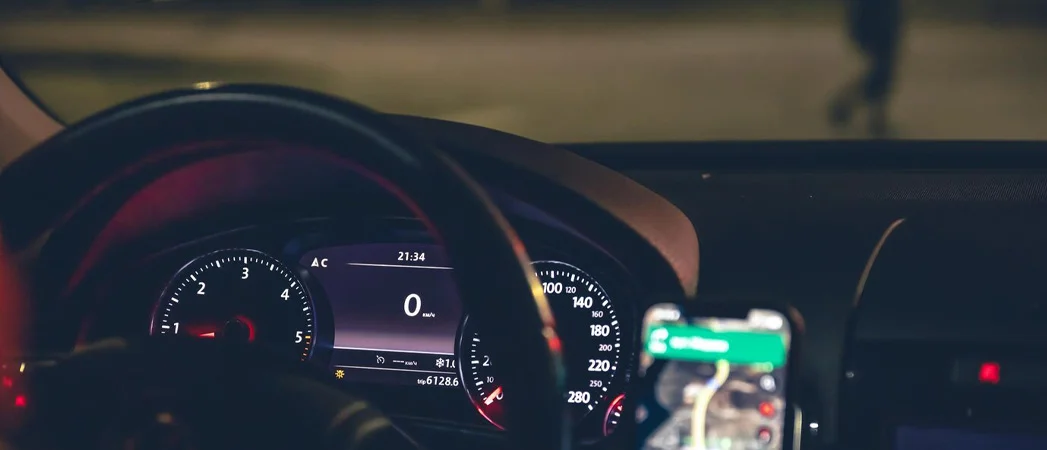|
|
Last
Modified on
Oct 02, 2024
While you may feel familiar and comfortable navigating the roadways at night, there are hidden dangers you may not know about. With winter’s shorter days, you may spend more hours driving at night, which may increase your risk of a serious accident.
According to the National Safety Council, the risk of being involved in a deadly car accident is three times higher at night than during daylight hours. It is important to know what nighttime dangers are and how to stay safe on the road so you may prevent an incident.
What are nighttime risks?
Once the sun sets, the lack of natural light can affect your sight. This includes central vision, depth perception, peripheral vision and color recognition. Even with street lights and headlights, it can be difficult to determine the speed and distance of oncoming vehicles. Bright headlights can also cause temporary blindness to oncoming traffic. This is especially true for those with eye conditions, such as macular degeneration, glaucoma and cataracts.
The number of intoxicated, drowsy and distracted drivers also increases at night. According to the National Sleep Foundation, 103 million people admit to falling asleep while driving. Most driver fatigue and drunk driving accidents occur during the hours of midnight to 6 am, as reported by the National Highway Traffic Safety Administration.
What can you do?
There are steps you can take to combat nighttime hazards, including the following:
- Make sure your eyes are checked each year
- Ensure your car’s internal and external lights are working correctly
- Minimize any distractions while driving, including using your cellphone or talking with passengers in the vehicles
- Get plenty of sleep
- Slow down
- Remain aware of your surroundings
While you cannot control others’ actions, you can ensure you do everything you can to limit your risk of a serious nighttime accident.






